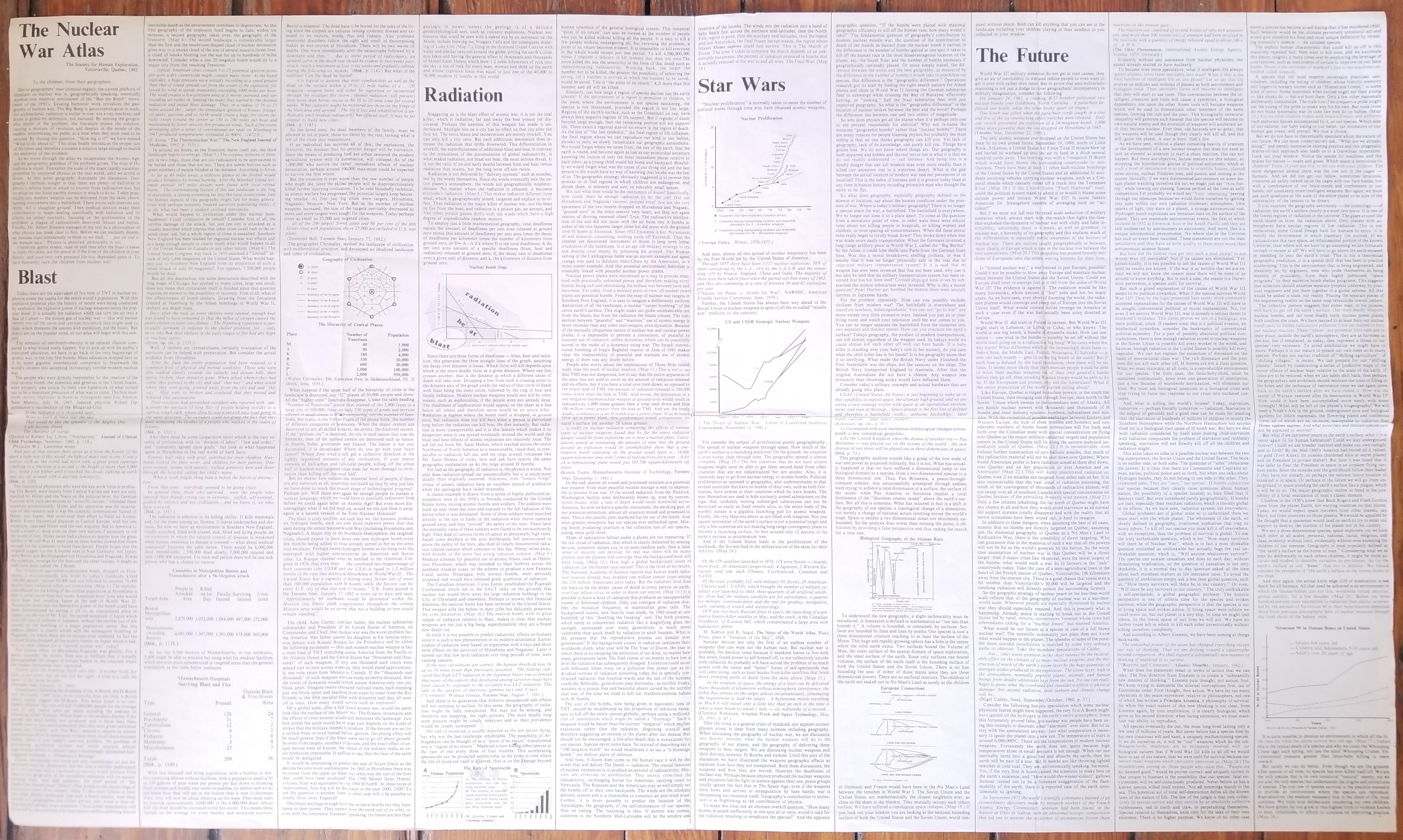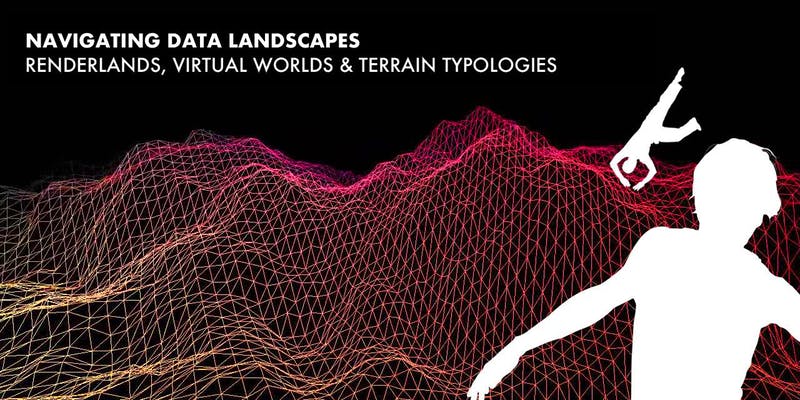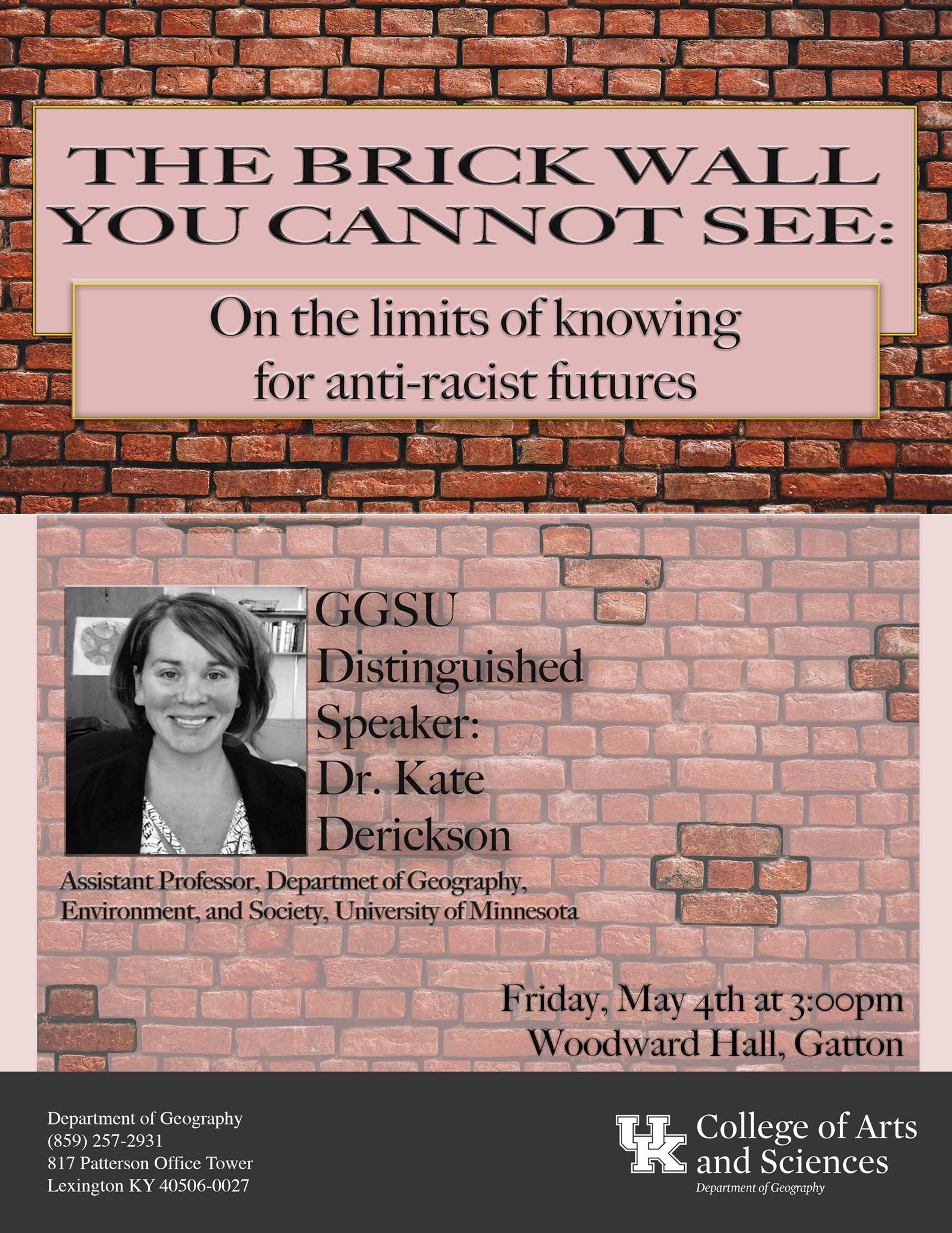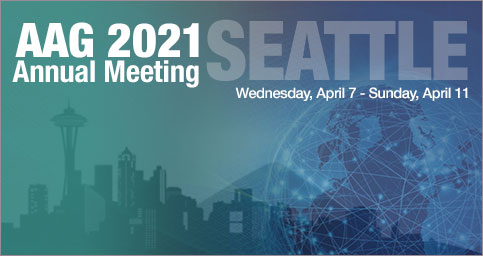
- Geo-political economy of AI (e.g., urban-rural/north-south divides, concentrations of AI resources that effectively create AI citystates, location of IP and patents, trade agreements)
- Feature detection of space and the classification of place. Applications of location (e.g., zip codes, space-time trajectories) and placenames in AI/ML to discriminate against people and places
- AI and structural racism (Benjamin 2019; Noble 2018)
- Critiques of innovation and disruption and alternatives of slow infrastructures (Barlow & Drew 2020), slow computing (Kitchin and Fraser 2020) and slow AI (Crampton 2020)
- Role of civil society to participate in automated decision making (including the ability to counter AI)
- Intersection between Critical Data Studies and Critical GeoAI, for example the role of data in AI, its collection and curation; geographical source of the training data
- Role of optimization and performance metrics; the geography of standards setting and ethics and trust frameworks
- “Local AI” and, drawing on Castells (2010), the spatial logic of AI “flows”. How AI “travels” between sources of origin and places of application
- Algorithmic colonization, extractivism and Western complicity (Birhane 2020)
- Scalar nature of AI (e.g., digital infrastructures like data centers)
- The physicality of AI via its environmental impacts, including calls for a sustainable AI
- Carceral and decarceral AI
Ultimately, we seek to address what is special about spatial in the critique of AI. How does a geographic lens differ from a legal, computational, communications or political science lens?
THIS IS A VIRTUAL SESSION. Please send your abstracts of 250 words or less to renee.sieber@mcgill.ca and jeremy.crampton@ncl.ac.uk by October 20.
References
M Barlow and G Drew. 2020. Slow infrastructures in times of crisis: unworking speed and convenience. Journal of Postcolonial Studies.
R Benjamin 2019. Race After Technology: Abolitionist Tools for the New Jim Code. Wiley.
A Birhane. “Algorithmic Colonization of Africa.” SCRIPTed 17 (2020): 389.
J Buolamwini and T Gebru. 2018. Gender shades: Intersectional accuracy disparities in commercial gender classification. In Conference on fairness, accountability and transparency, 77-91.
M Castells. 2010. The Information Age: Economy, Society and Culture Vol.s I-III. Malden, MA; Oxford, UK: Blackwell.
H Couclelis. 1986. Artificial intelligence in geography: Conjectures on the shape of things to come. The Professional Geographer.
J Crampton. 2020 Think. Resist. Act Local: Is a Slow AI possible? Ada Lovelace Institute 3 March 2020. https://www.adalovelaceinstitute.org/think-resist-act-local-is-a-slow-ai-possible/
C Dwork. 2017. What’s Fair? Proceedings of the 23rd Association for Computing Machinery’s Special Interest Group on Knowledge Discovery and Data Mining International Conference on Knowledge Discovery and Data Mining, August 13-17, 2017, Halifax, Nova Scotia, Canada.
L Edwards and M Veale. 2017-2018. Slave to the Algorithm: Why a Right to an Explanation Is Probably Not the Remedy You Are Looking for. 16 Duke L. & Tech. Rev. 18 (2017-2018).
JE Estes, C Sailer, LR Tinney. 1986. Applications of artificial intelligence techniques to remote sensing. The Professional Geographer.
V Eubanks. 2017. Automating Inequality. St. Martin’s Press: New York, NY.
G Hinton. 2014. What is wrong with standard neural nets? Brain & Cognitive Sciences – Fall Colloquium Series. Cambridge, USA: Massachusetts Institute of Technology. December 4, 2014
K Janowicz, S Gao, G McKenzie, Y Hu, and B Bhaduri. 2020. GeoAI: spatially explicit artificial intelligence techniques for geographic knowledge discovery and beyond. International Journal of GIScience.
R Kitchin and A Fraser. 2020. Slow Computing: Why We Need Balanced Digital Lives. Bristol University Press.
M Kwan. 2016. Algorithmic Geographies: Big Data, Algorithmic Uncertainty, and the Production of Geographic Knowledge. Annals of the American Association of Geographers 106(2), 274-282.
BD Mittelstadt, P Allo, M. Taddeo, S Wachter, & L Floridi. 2016. The ethics of algorithms: Mapping the debate. Big Data & Society 3, 2.
S Noble. 2018. Algorithms of Oppression: How Search Engines Reinforce Racism. New York: New York University Press.
S Openshaw and C Openshaw. 1997. Artificial intelligence in geography. John Wiley & Sons.
F Pasquale. 2015. The Black Box Society: The Secret Algorithms That Control Money and Information. Harvard University Press: Cambridge, MA.


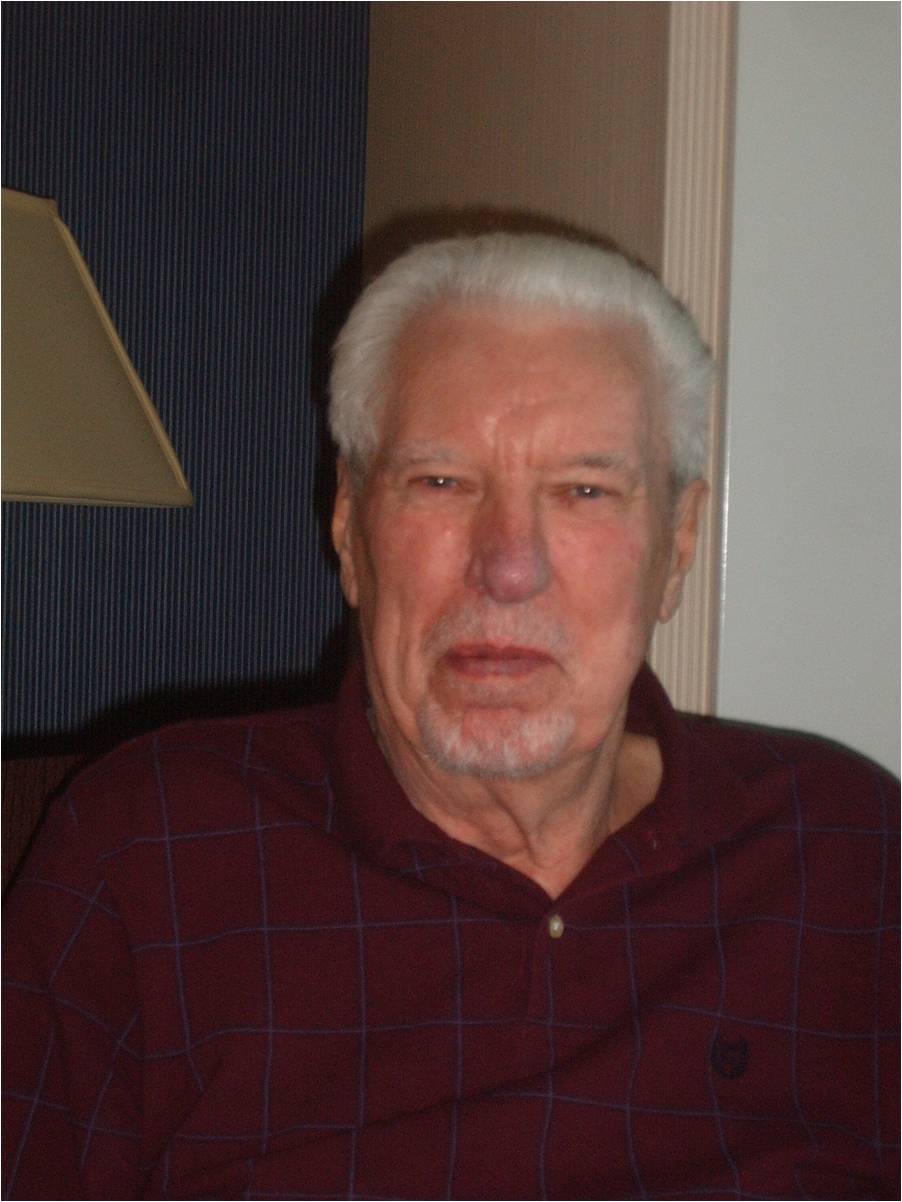
![20180807_100905[1]](https://opengeography.files.wordpress.com/2018/08/20180807_1009051-e1533652058876.jpg)
